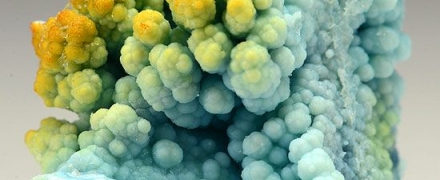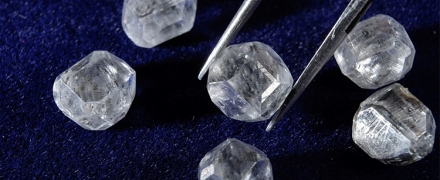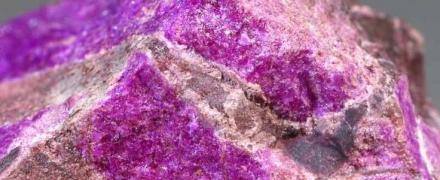open 10 am - 7 pm
laboratory is closed
Three "faces" in sapphire

Today we will talk about three minerals, named after researchers, found in the form of inclusions in sapphire, important for its diagnosis and determination of the fact of heat treatment. Boehmite, which is found in the overwhelming majority of natural sapphires, should rightfully be called the first mineral. It was named in 1927 by Jacques de Lapparent (1883-1948) after the Austro-Czech chemist and crystallographer Johannes Böhm (1895-1952). The second mineral is goethite, which is also present in natural sapphires and is an excellent indicator of the heat treatment of stones. When sapphire is heated to temperatures at which the qualitative characteristics of color and purity change, goethite turns into hematite. The mineral was named in 1806 by Johann Georg Lenz (1748-1832) in honor of the German writer, philosopher and naturalist Johann Wolfgang von Goethe (1749-1832). And the third mineral is gibbsite, which is also found in natural sapphires in the form of microinclusions. The mineral was named in 1822 by the American biologist and mineralogist John Torrey (1796-1873) after the American naturalist George Gibbs (1776-1833).
В геммологической практике бывают весьма увлекательные случаи с диагностикой ювелирных вставок
Но помимо редкости цвета и высокой стоимости таких камней, многие розовые камни выделяются одной замечательной особенностью – они проявляют плеохроизм, то есть в зависимости от положения осмотра камня он может иметь дополнительные оттенки – оранжевый или пурпурный.
Currently, gemstones are produced by two fundamentally different technological methods - the High Pressure - High Temperature method (“HPHT”, High-pressure & High-temperature) and the Chemical Vapor Deposition (“CVD”, Chemical vapor deposition) method. The "HPHT" method is the most tested classical synthesis method, which can be used both carbon deposition on diamond from flux melts and catalytic reactions. In "CVD" synthesis, diamond growth occurs on a seed during carbon deposition mainly from a gaseous medium at relatively low temperatures and pressures.
Jewelry and precious stones are just such a category of goods, when buying which you need to pay attention to many criteria.
Sogdianite is a rather rare mineral and more often it can be found as a collection material (moreover, in systematic collections), and it is extremely rare in jewelry.






